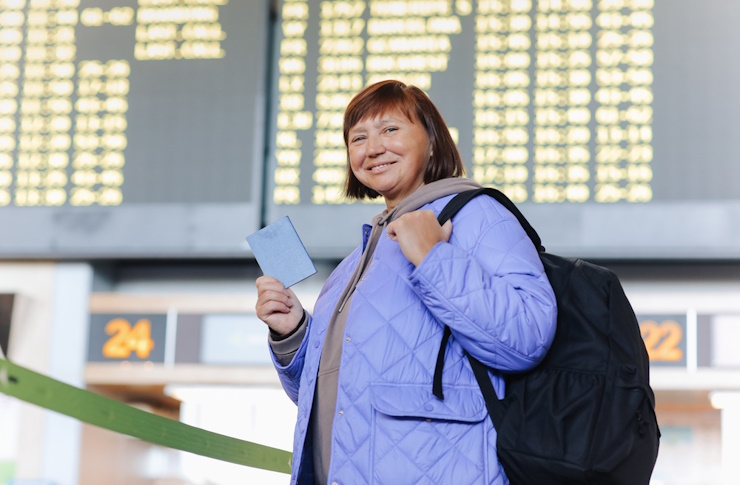How to coordinate airport transfers with public transit and ride services
Coordinating transfers between airports and ground transport can reduce stress and missed connections. This article outlines practical steps to align flights, itineraries, and local transit or ride services, with tips on routing, baggage handling, timezones, and what to expect when delays occur.

Coordinating airport transfers requires thinking ahead about flight schedules, local transport options, and how connections will work when plans change. Start by mapping your itinerary and noting layovers, checkin windows, and baggage needs; allow buffer time for routing between terminals and for unexpected delays. Consider local services and how fares and routing vary by time of day, then pick a primary plan and a backup so you can adapt if flights or ground services are delayed.
How do flights and itineraries affect transfers?
Your flights and overall itinerary set the framework for transfer planning. When you book, note arrival and departure terminals, minimum connection times, and whether both flights are on the same ticket (which affects protections for missed connections). If you have tight connections, prioritize faster options such as airport shuttles or express transit lines; if your itinerary has long layovers, public transit or a local ride might be more economical. Check airline guidance for baggage transfer rules so you know whether you must collect and recheck bags between flights.
Managing layovers and connections effectively
Layovers and connections require different approaches depending on length and airport layout. For short connections, plan for the quickest routing within the airport, factoring in security re‑entry and possible passport control. For longer layovers, consider storing luggage or scheduling a transit option that allows time to leave the terminal safely. Build spare time into your schedule to accommodate delays and timezones: a two‑hour buffer for domestic connections and three or more hours for international transfers can reduce stress and avoid missed flights.
Choosing fares and routing for cost and time
When comparing fares, balance cost and travel time. Public transit often offers the lowest fares and predictable schedules on dedicated airport lines or express buses, while ride services typically cost more but deliver door‑to‑door convenience and flexible routing. Check whether transit authorities offer flat airport fares or day passes that could lower overall cost for return trips. Also account for surge pricing on ride apps during peak travel times, and whether routing includes tolls or extra airport pickup fees that affect the final fare.
Baggage, checkin, and transfer logistics
Plan baggage handling before you arrive at the airport: confirm whether your checked bags are through‑checked to your final destination or must be collected for customs and rechecked. This affects how you route between terminals and whether you need help with heavy luggage when boarding public transit or a ride. For checkin, use online options to reduce time at counters and leave room in your schedule for security lines. If you rely on shared shuttles or buses, verify luggage allowances and whether large items require advance notice.
Airports, public transit, and ride services routing
Different airports have different transit ecosystems: some have rail links to city centers, others rely on buses, and many support app‑based ride pickups at designated zones. Before travel, look up airport maps for pickup/dropoff points, terminal transfer options, and any intermodal connections that speed transfers (for example, an airport rail link to a nearby metro station). When routing is complex, plan a confidence check: estimate door‑to‑door travel time including walking between terminals, queue times, and potential traffic congestion at peak hours.
Comparing fares and providers for transfers
Below is a concise comparison of commonly used transfer options, focused on typical services available at many airports. The table lists representative providers and estimated costs to help you plan, recognizing that local alternatives may differ.
| Product/Service | Provider | Cost Estimation |
|---|---|---|
| App-based rides (private) | Uber / Lyft | US$20–60 for city center to airport (varies by distance and surge) |
| Traditional taxi | Local taxi companies | US$25–70 (metered; depends on city and traffic) |
| Airport shuttle (shared) | Local shuttle operators | US$10–40 per person (depends on route and stops) |
| Public transit (rail/bus) | City transit authority | US$2–15 flat or zone fare (express lines may cost more) |
| Airport express bus or train | Airport authority services | US$5–20 (usually direct, fixed schedule) |
Prices, rates, or cost estimates mentioned in this article are based on the latest available information but may change over time. Independent research is advised before making financial decisions.
Conclusion
Effective coordination of airport transfers combines careful itinerary review, sensible buffers for layovers and delays, and knowledge of local transport options. Match your tolerance for cost versus convenience—public transit for predictable low fares, ride services for direct routing—and have a backup plan for delays, baggage issues, or timezone confusion. With modest preparation and realistic timing, transfers can become a manageable part of your travel day rather than a source of stress.





